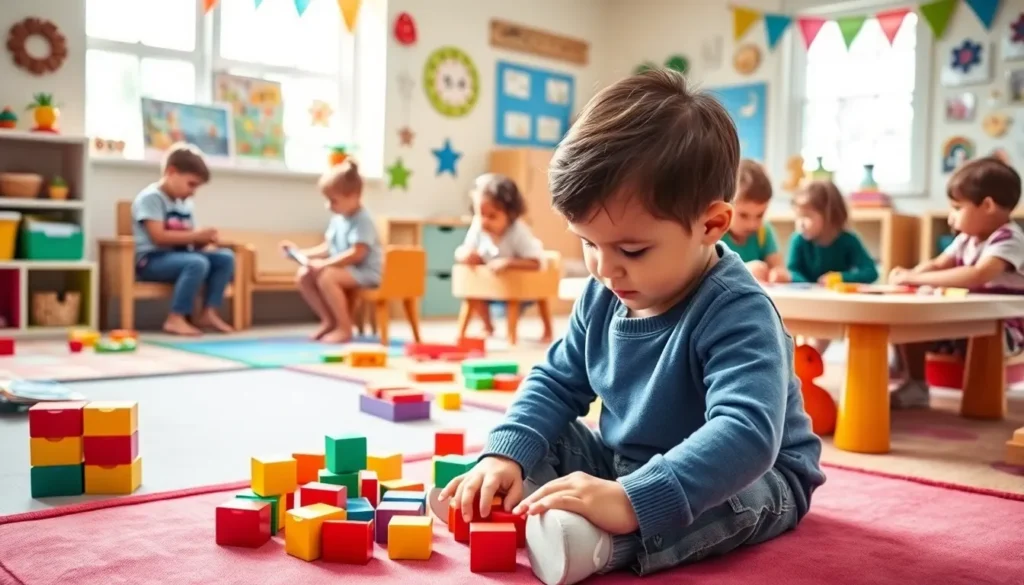Imagine a world where you could play a vital role in a child’s life without necessarily making them your own forever. Welcome to the intriguing realm of fostering and adoption. These two concepts, though often confused, serve unique purposes and fit different family dynamics. In this guide, you’ll unravel their distinctions while keeping a chuckle in your heart, because let’s face it, understanding family doesn’t have to be dry. Ready to embark on this journey? Here we go.
Table of Contents
ToggleUnderstanding Fostering

Fostering is designed to provide temporary care for children who, for various reasons, cannot live with their biological parents. This arrangement is crucial during difficult times, offering a nurturing environment while the biological parents resolve their issues or while awaiting a more permanent solution.
Purpose of Fostering
The primary aim of fostering is to ensure that children experience a safe and supportive environment during tumultuous periods. Foster care is often a bridge, helping children transition back to their families or find a permanent home. As such, foster parents act as temporary guardians, stepping up to give love and stability without necessarily having the intention of adopting.
Duration of Fostering
Fostering can last anywhere from a few days to several years, depending on the child’s needs and circumstances. Some children may return to their families quickly, while others could stay in foster care longer if more time is needed for their parents to become stable. This fluidity is one of the challenging yet fulfilling aspects of being a foster parent.
Legal and Financial Aspects of Fostering
From a legal perspective, fostering isn’t a simple transaction: it’s governed by state regulations designed to protect the child’s well-being. Foster parents must be licensed and undergo stringent background checks. This process ensures they’re capable of providing a nurturing home.
Also, foster parents usually receive a monthly stipend to help cover the costs of food, clothing, and other necessities for the child. This financial support varies by state and is intended to alleviate some of the burdens of welcoming a child into the home.
Understanding Adoption
Unlike fostering, adoption is a more permanent solution. It legally transfers parental rights from the biological parents to the adoptive parents, meaning the child becomes a permanent member of their new family.
Purpose of Adoption
The main purpose of adoption is to provide a loving and secure home for children who cannot stay with their birth families. Adoptive parents have the commitment to provide lifelong care, nurturing, and support. It’s a heartwarming solution that opens new chapters for both children and families alike.
Process of Adoption
The adoption process typically involves several steps, including home studies, background checks, and counseling sessions. These steps ensure that potential adoptive parents are prepared for the responsibilities ahead. While the process can be lengthy and sometimes complex, the end result, a new family member, often makes it worthwhile.
Legal and Financial Aspects of Adoption
When it comes to legalities, adoption is like an intricate dance of paperwork and regulations. The legal process finalizes the adoption, allowing the adoptive parents to gain full rights over the child, similar to that of a biological parent. Frequently, this process includes terminating the biological parents’ rights.
Financially, adoption can be more expensive than fostering. Families typically bear the costs associated with the adoption process, including legal fees and agency expenses. But, some states offer financial assistance programs to lessen the burden on adoptive parents, recognizing the lifelong commitment they’re making.
Key Differences Between Fostering and Adoption
Understanding the differences between fostering and adoption goes beyond legal definitions. It touches on emotional implications for both children and families.
Emotional Impact on Children
Children in foster care often experience instability, which can lead to emotional turmoil and attachment issues. While they may form bonds with foster parents, there’s always the risk of the child moving back to their biological family. In contrast, children who are adopted typically undergo a more stable emotional journey as their permanent placement provides an environment of security.
Long-Term Implications for Families
Foster families typically have to navigate uncertainties: they might grow attached only to see the child leave. This can be hard and sometimes leads to emotional burnout. Conversely, adoption offers the assurance of a lifelong commitment, bringing joy and challenges in equal measure. Adoptive families can plan futures knowing that their relationship is secure.




